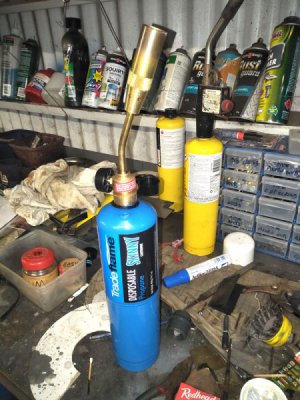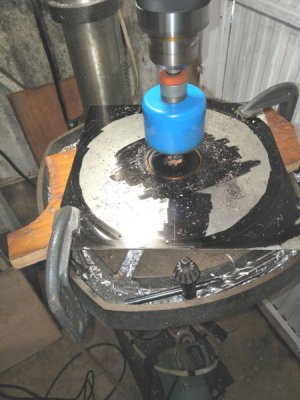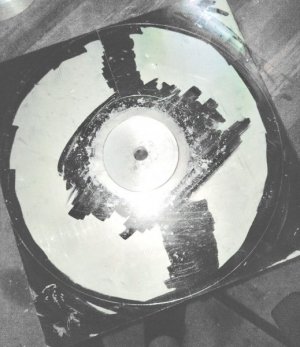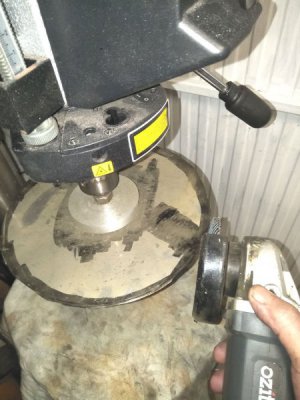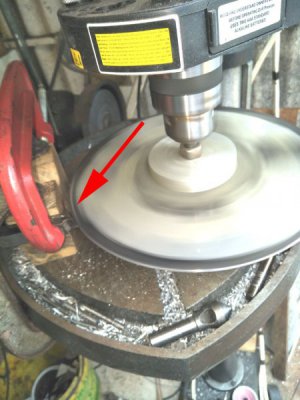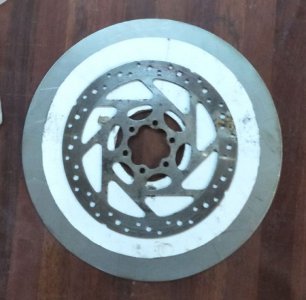The weather dried out enough to start casting again but with no muller I couldnt use green sand so elected to try some welded moulds.
Heres the melt with the new moulds for the bearing caps heating up on top.
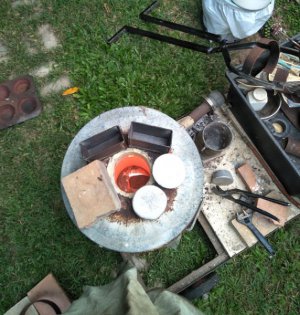
No pics of the pour as I didnt have any more hands available.
They turned out very well EXCEPT----- I followed the interwebs of miss information and degassed with washing soda. Bad move, the worst case of porosity I've had. I now have more info regarding the causes so we will see what the next pours do.
I obtained some acetal for the altitude bearings.
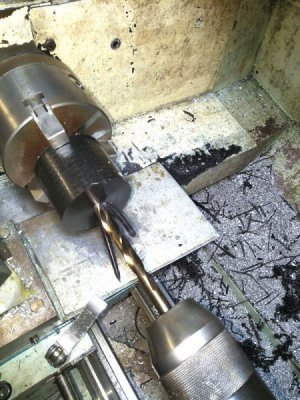
I left it long enough to keep sufficient in the chuck to work it.
First bored to size then turned to O/D and length
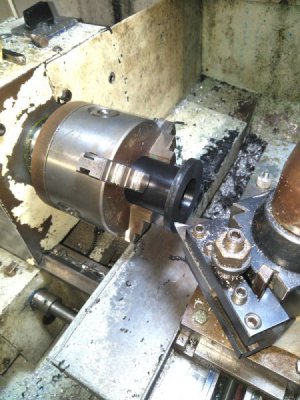
Then flipped it to thin down the flange that was left.
Next I bolted the bearing blocks together and fixed them to the face plate for boring.
I clamped them together with a 3mm length of ally between them so the finished hole would leave a 3mm gap between the halves.
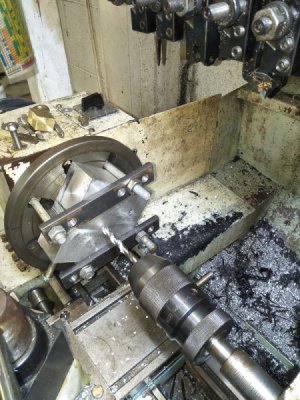
The black marks are high accuracy depth gauge lines.
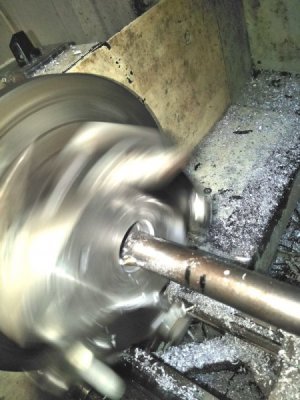
Once bored they were mounted in the vertical slide for the remaining machining.
Here I'm using a 6 mm end/slot milling bit for the release slots.
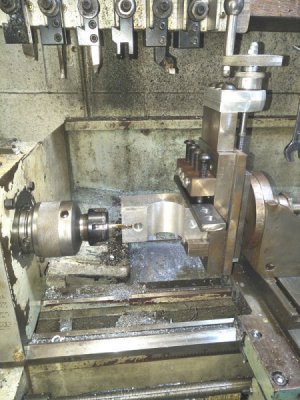
and then all the corners were rounded over with a carbite rounding bit.
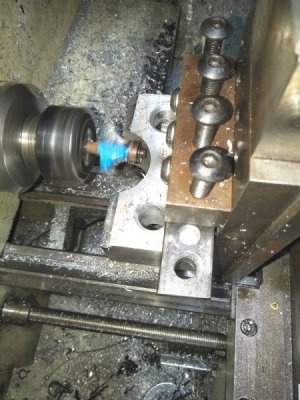
this is how they will sit on the top plate.
Some thoughts-----
Do I slit the acetal so they will clamp tighter for friction? A quick test showed not for light loads but maybe for the total unit.
If more pressure is required I may have to make larger knobs for better grip.
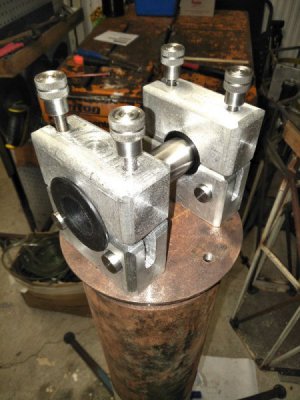
The purpose of the slots in the bearing blocks is to allow easy fitting without having to totally unscrew and possibly loose parts in the dark. Or so I hope.
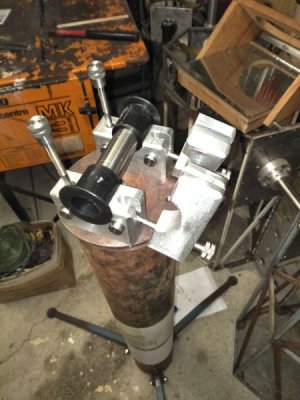
Now I can find the absolute minimum height I can cut the pier down to and still have full clearance.

 .
.
